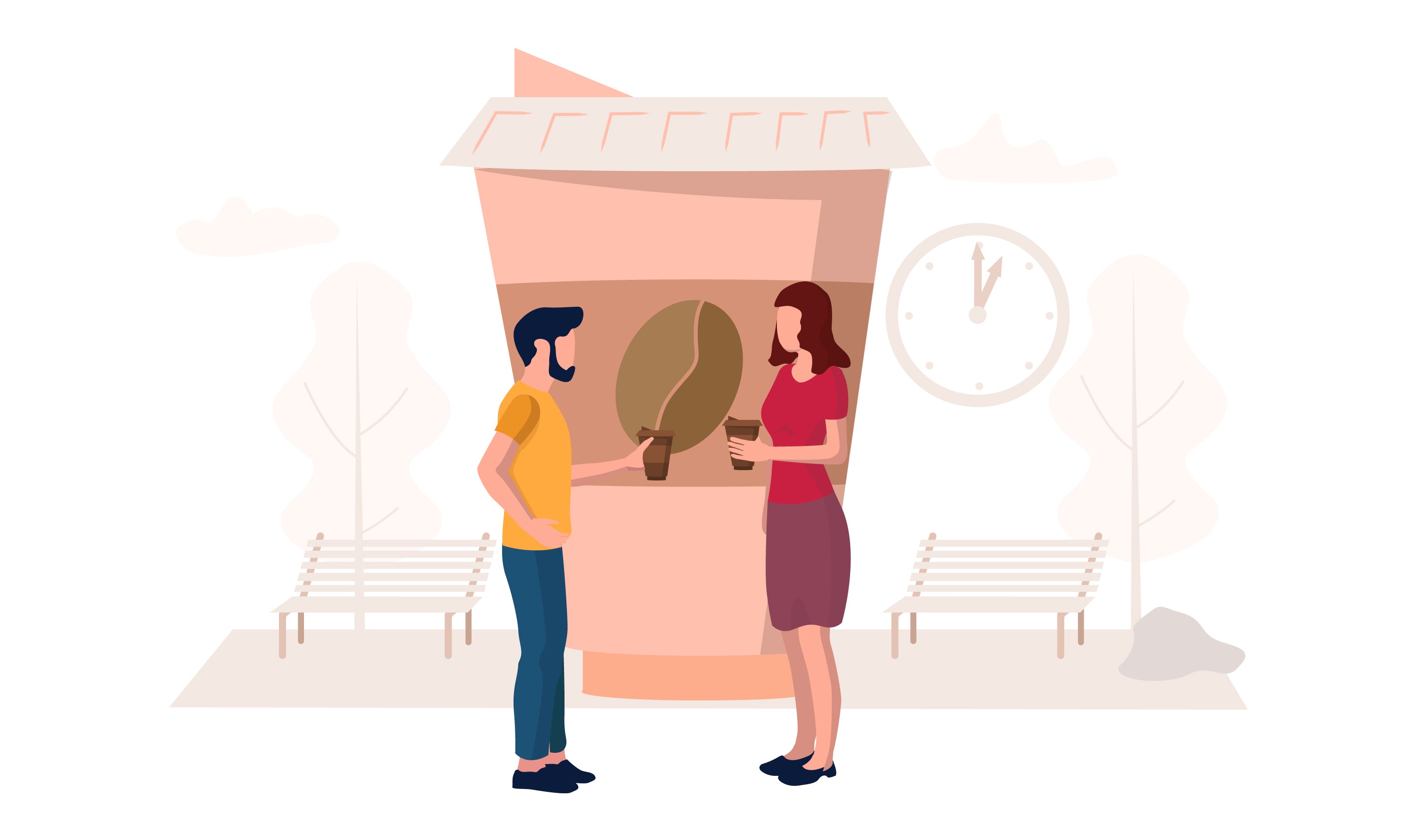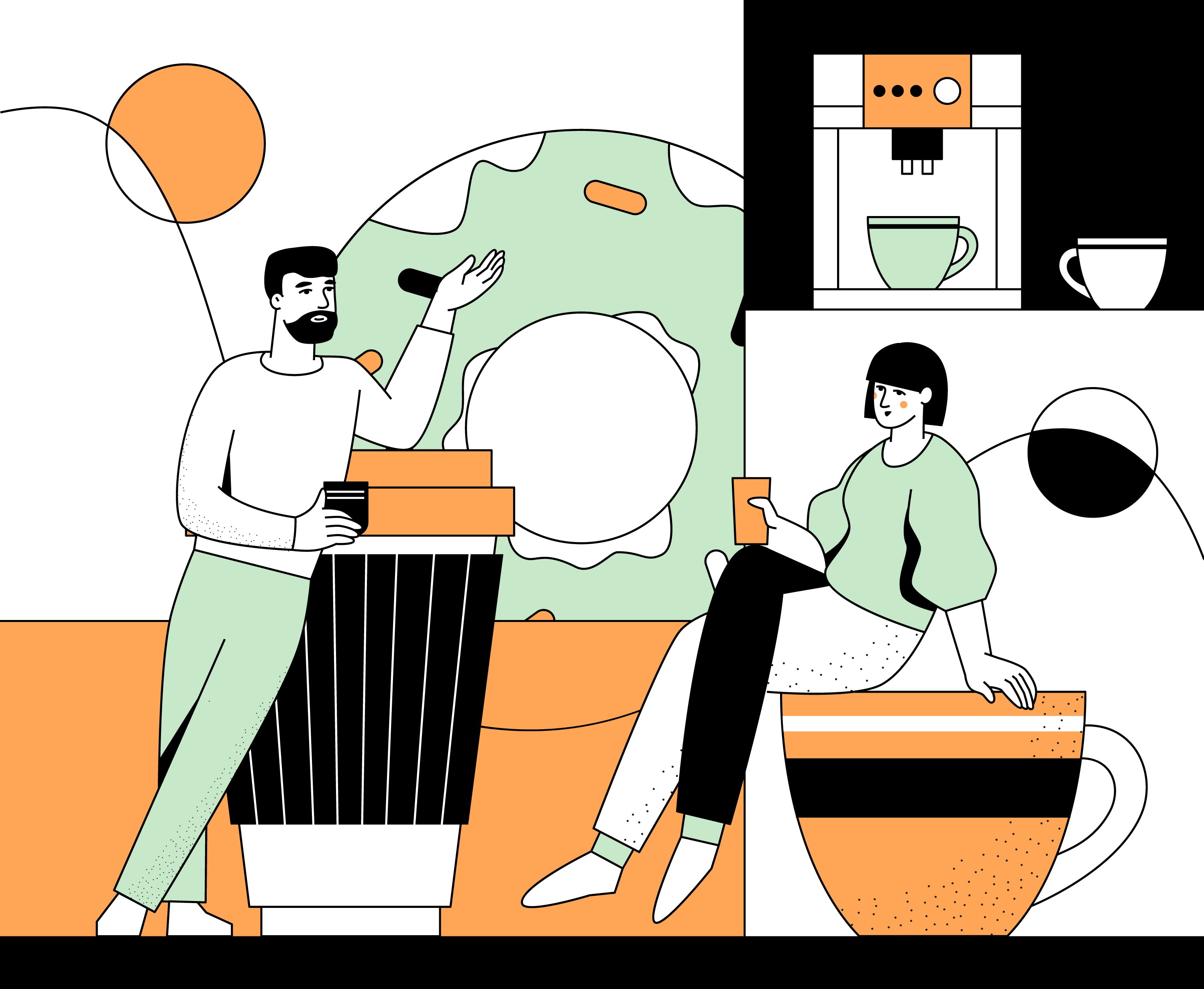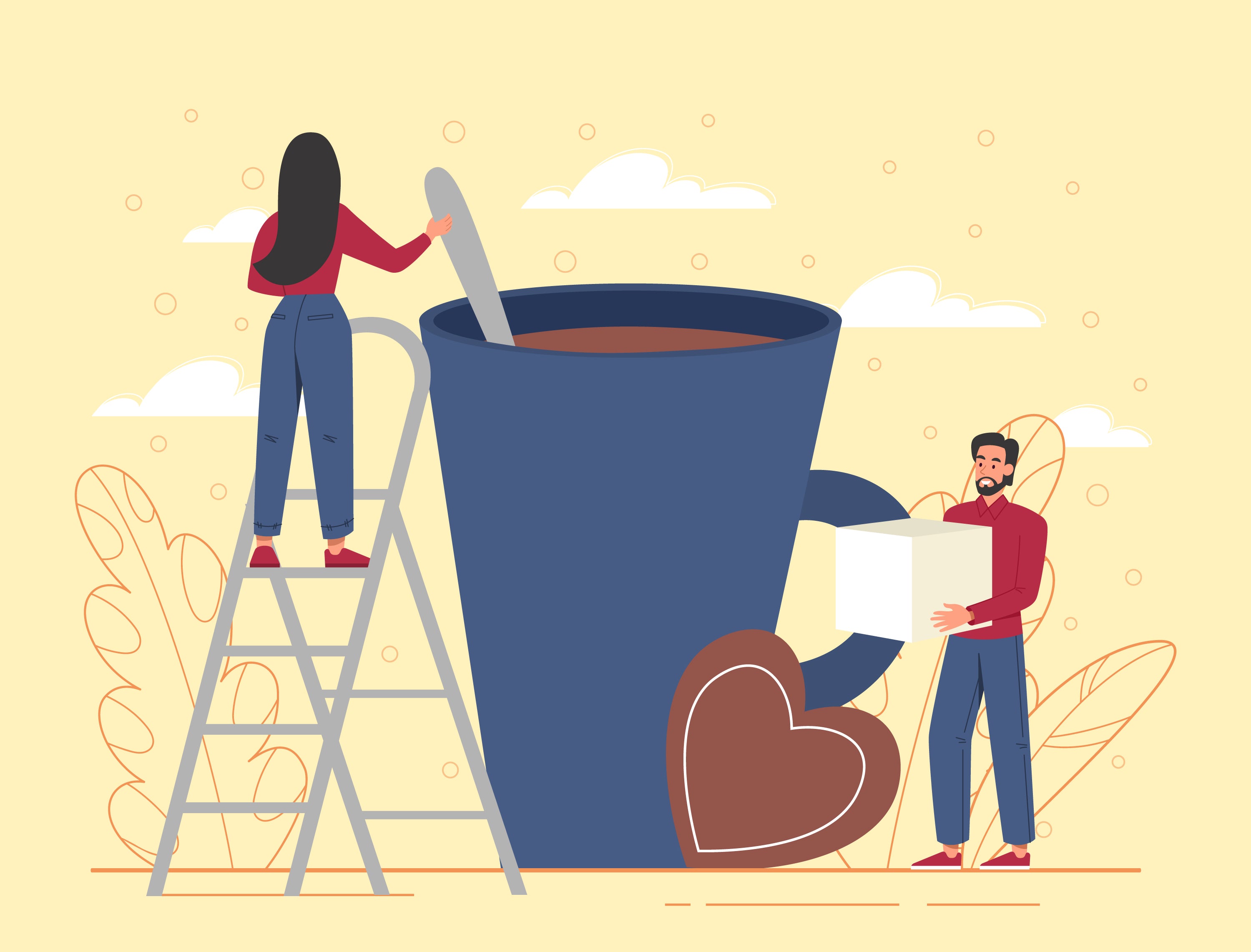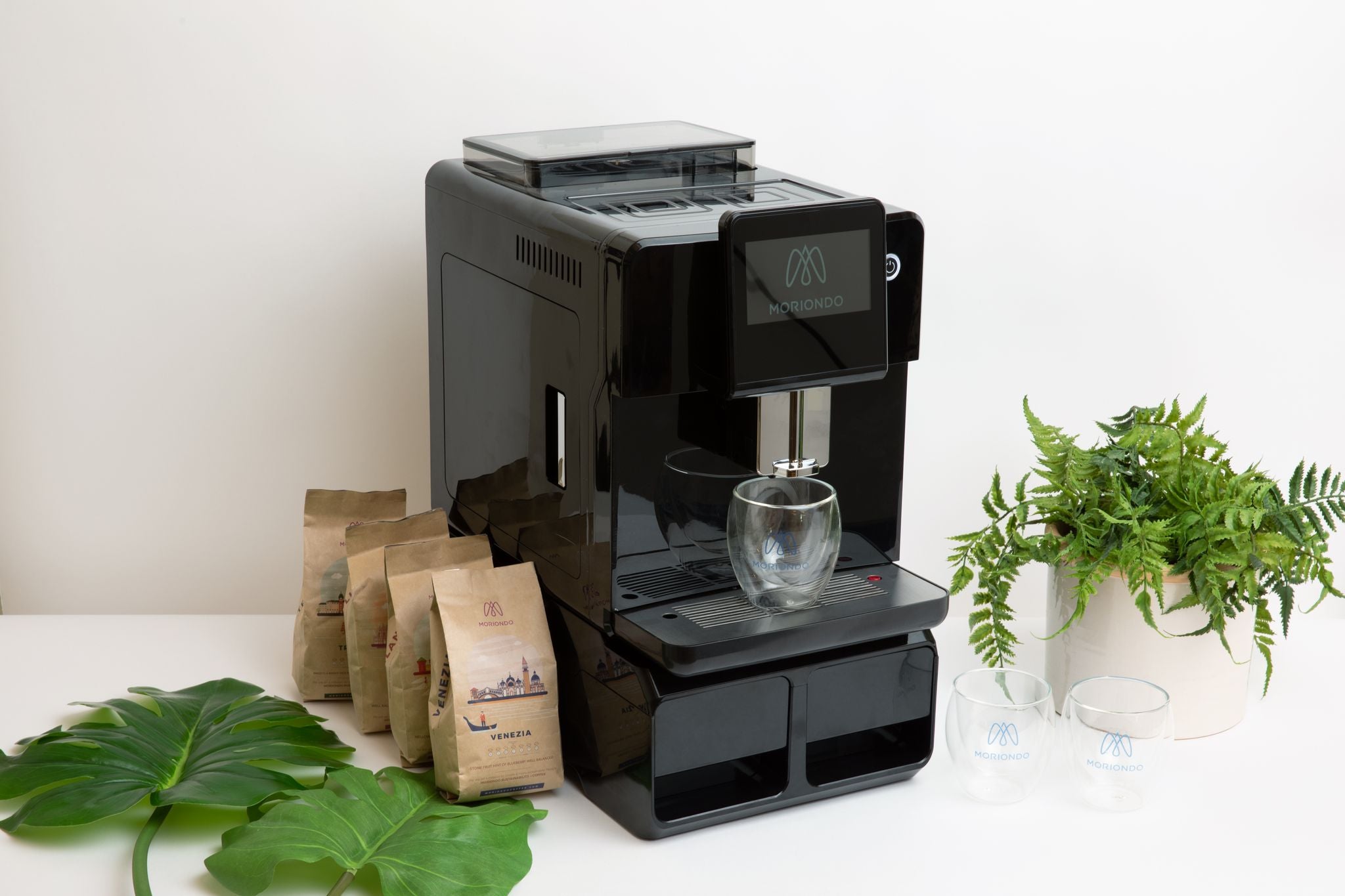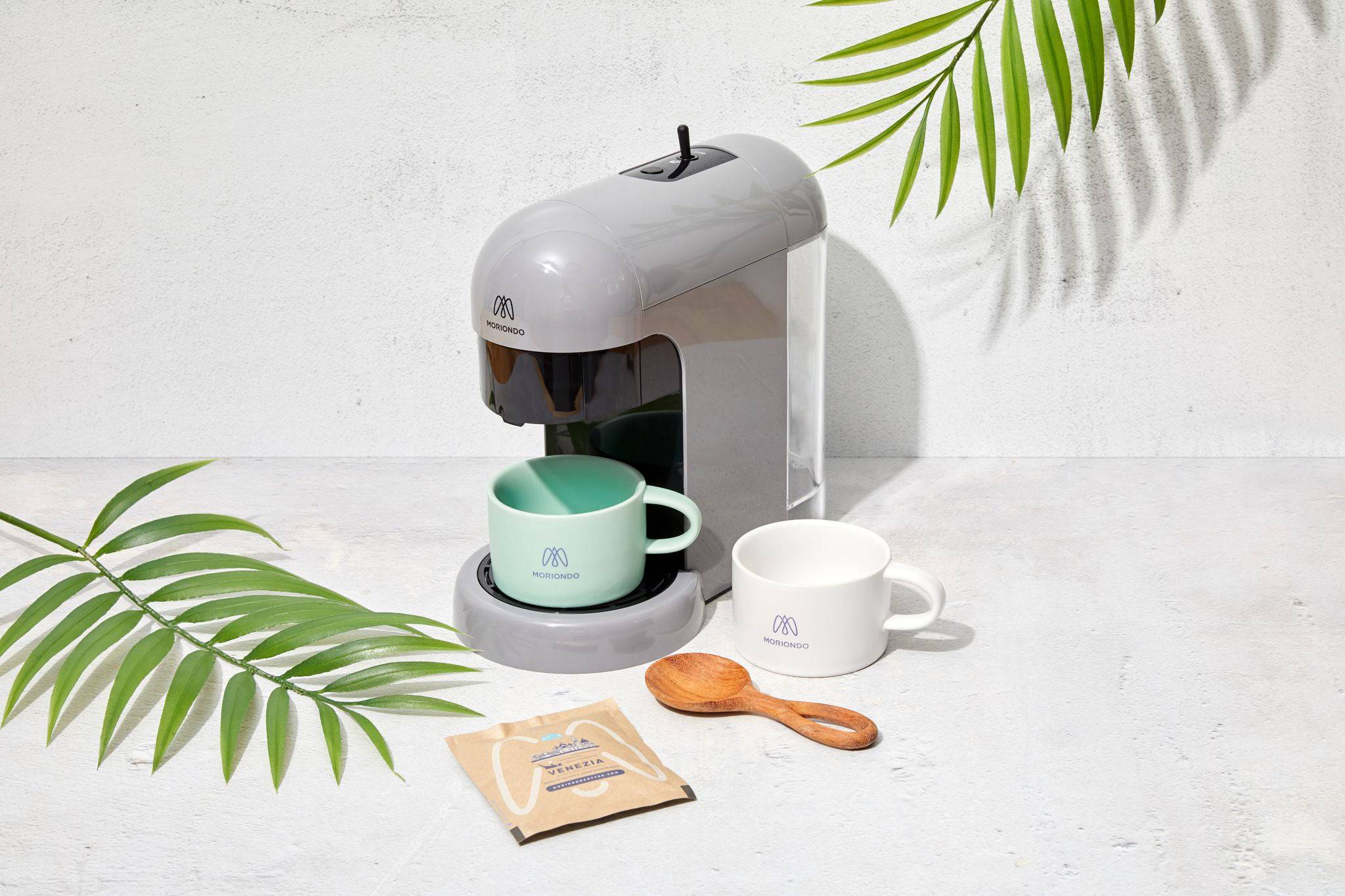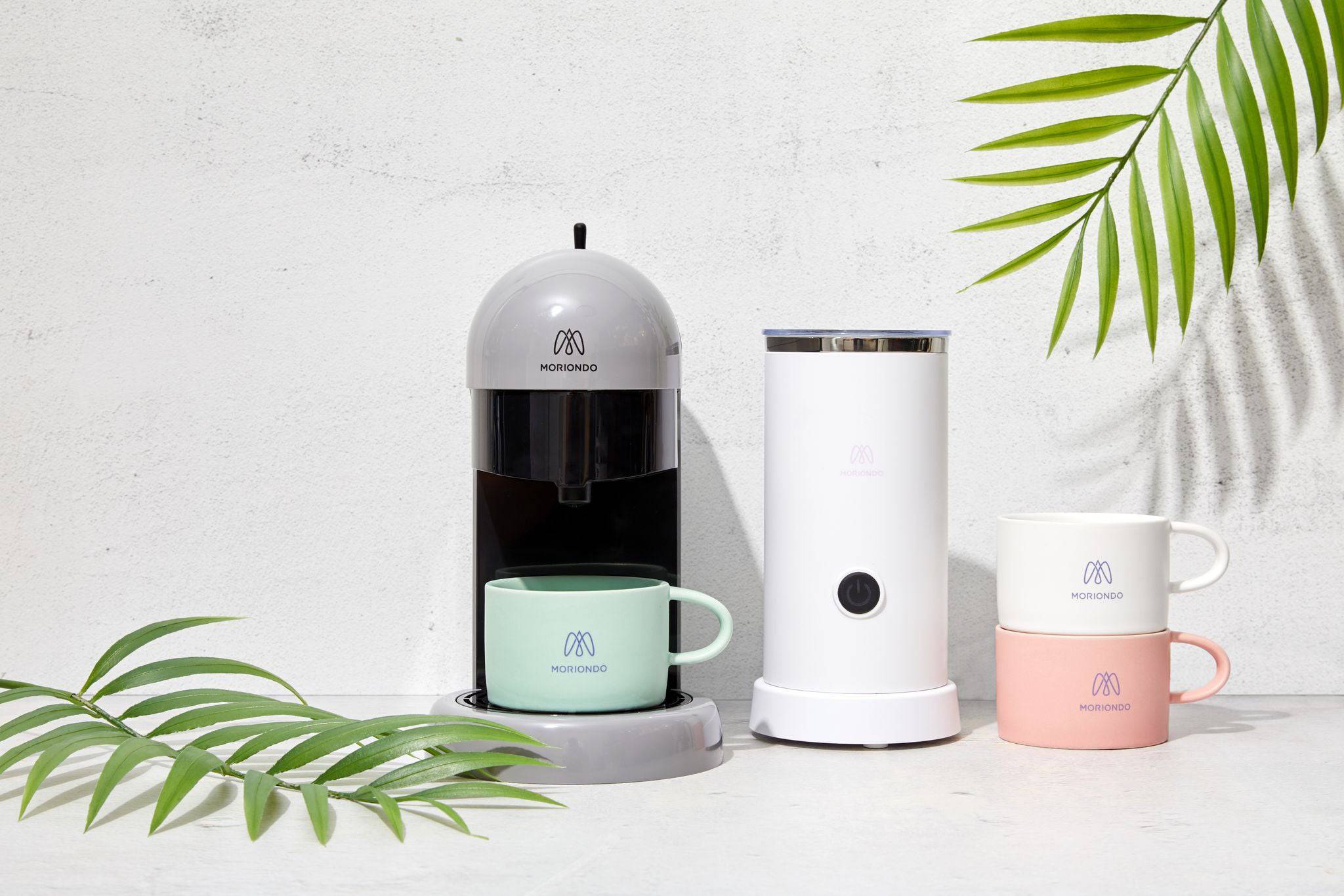How to Make Coffee Less Bitter
Table of Contents
No one desires a bad cup of coffee, yet homemade brews have a chance to come out bitter.
Regardless of whether or not your usual brew went bad or you simply do not understand what went wrong, read this article to learn several ways you can fix bitter coffee.
What to change in your brew

1. Choose The Right Beans
The best coffee begins with proper beans.
There are innumerable flavors and varieties of coffee beans, and picking the right one matters to prevent bitter coffee.
Certain beans lean towards fruity and sweet, while others are more chocolaty and nutty.
2. Change The Grind Size
Brewed coffee tastes bitter when over-extracted. If you consistently receive a bitter flavor, it may be time to change the size of the grind and coffee grounds. The grind may be too small if it is over-extracted, yet too large of size leads to under-extracted, sour coffee.
3. Change The Brew Time
In the same vein as the grind and coffee grounds size, you may be brewing for excess periods of time if your coffee is consistently bitter.
Therefore, you should experiment for less time until you no longer have bitter coffee and the cup tastes exactly the way you like it.
4. Watch Stale Beans
Stale beans in your bitter coffee will never taste as flavorful as those that are freshly roasted.
Moreover, it may impart bitter flavors as well. In general, coffee beans that have been roasted for up to several weeks in the past go stale.
You need to buy specialty coffee that has been roasted within the past two weeks at the maximum.
5. Observe The Coffee To Water Ratio
Your home brewed coffee can become too diluted with excess water, while a lack of water will make the coffee bitter, too concentrated, and strong.
A common ratio for a proper cup of coffee is 1 part beans to 15 parts water. Keep changing the measurements and ratios until the taste buds meet your satisfaction.
6. Improve The Water
Your coffee, like your body, is primarily composed of water. Therefore, if the quality of the water is poor, your coffee brewing will inevitably suffer as a result. Rather than simply resorting to tap water, consider the use of spring water or filtered water to prevent bitter coffee.
Once you fix the hot water quality, watch the temperature. Coffee beans brew best when the water temperature ranges between 195 - 205 degrees Fahrenheit. If you are boiling water over a kettle, you can easily achieve this range by allowing 60 seconds of rest after boiling.
To really hit the hot water mark, consider investing in electric kettles propped with temperature gauges. This guarantees you'll also know how hot the water is, and you'll be able to make the necessary adjustments to achieve the flavor you want and not taste bitter.
What to add to the brew
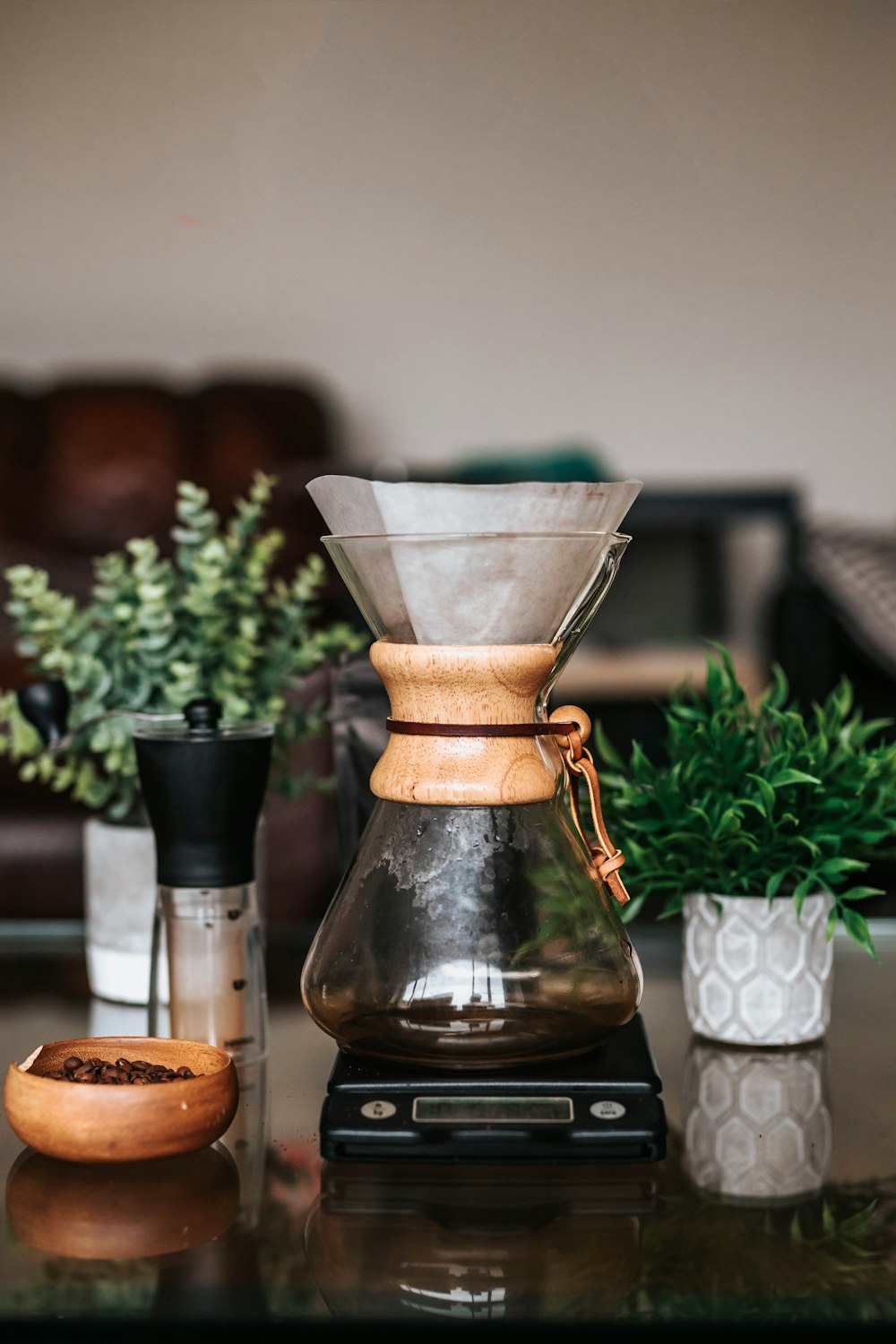
1. Fat
Fats work well in counteracting the bitter tasting coffee you may occasionally experience. By adding butter, ice cream, milk, or regular cream, you can lower your bitter cup and give leeway to other flavors in your cup of coffee.
2. Salt
A small pinch of salt in your coffee can counteract a bitter cup, and help revive staleness. Research has proven that salt is the superior compound to sugar when it comes to reducing bitterness in coffee.
3. Sugar
Sugar is still a favorite additive when it comes to dealing with bitterness, and you will easily experience the sweet flavor and prevent over extracted coffee.
4. Cinnamon
Spices such as cinnamon pair well with desserts to avoid bitter coffee. The taste buds on your tongue will associate this spice with sugar and make you believe your espresso coffee is not nearly as bitter as you initially believed.
5. Citrus
Interestingly enough, the addition of a small concentration of acid in a cup of coffee works wonders to counteract bitter taste in roasted coffee and espresso brewing.
If it's too much to use a squeezed lemon, you can just add a rind of orange or lemon into the mix. This is the reason you've probably been served roasted coffee with a wedge at least once in your life.
Alternative Brewing Methods
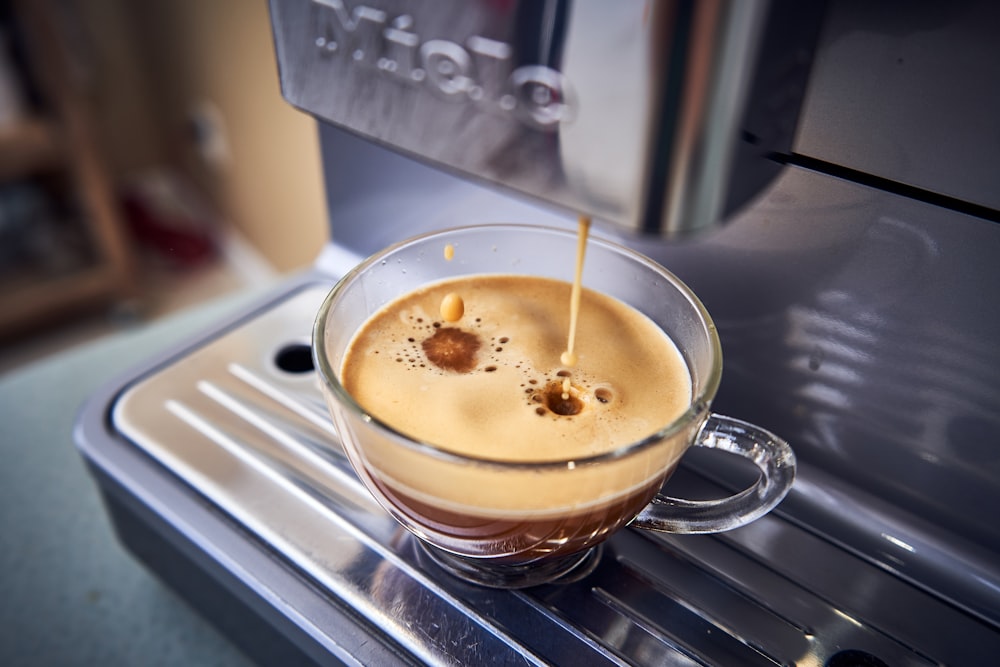
1. Keurig
Unlike the manual brewing method to make a cup of coffee, the only component to control using Keurig is the type of coffee and the additives.
2. French Press
You have total freedom over the mix for your cup of coffee when you use the French press brewing method seen at your local coffee shop.
This includes freshly roasted beans, steeping time, water temperature, and more.
3. Pour Over
Similar to a French Press, using Pour Over allows control over all variables.
If you have a bitter coffee brew, this will let you dissect the problem one at a time.
Due to the fact that Pour Over relies heavily on the size of the grind and how much water you put in, these are the key variables to begin focusing on.
4. Cold Brew
A cold brew for your own coffee works best because it has less of a bitter taste by default. In fact, it's nearly impossible to get a bitter cold brew unless steeping for more than 24 hours.
5. Drip Coffee Maker
Similar to the Keurig, a Drip Maker is an automatic coffee machine, so the only things you have to control are the coffee beans and instant coffee to water ratio.
Takeaway
Hopefully, these tips and tricks will help you brew the freshest and tastiest cup of coffee beans to energize you before beginning your day.
As previously mentioned, you must begin by pinpointing the variable that's responsible for your coffee's bitter taste.
Once the problem has been identified, you can go about solving bitter tasting coffee in an effective manner.
Finally, you can then refer to the tips above with intention and make a delicious brew and prevent bitter coffee.
Ground coffee beans can also be improved by investing in superior equipment.
Shop online to find curated selections of the best coffee makers, grinders, coffee beans, and more.
Good Tasting Coffee: How to Identify Coffee Flavors

In order to appreciate the different types of coffee available, it's important to cultivate an awareness of its unique characteristics. Let's take a look at the way coffee connoisseurs judge different cups of coffee.
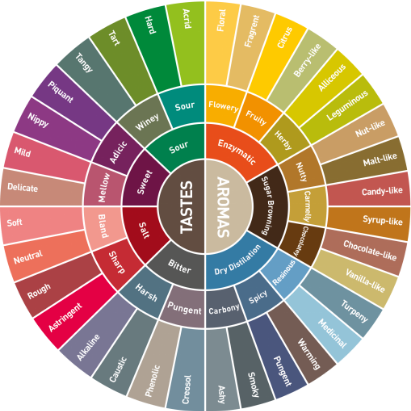
Aroma
The scent of a cup of coffee has a direct influence on how we perceive its flavor. As you drink coffee try to notice if the scent is smoky, fruity, earthy, spicy, nutty or grassy.
Acidity
One of the most defining characteristics of a cup of coffee is its acidity. This is the sharp, bright tangy quality of coffee that perks up our senses. Coffee doesn’t necessarily contain just one type of acid, either. It may contain citric acid, malic acid (fruity in flavor) or even quinic acid from stale coffee, which gives us stomach aches.
Body
This is the weight, thickness and texture of coffee in your mouth. The body of different types of coffee falls on a spectrum of light- to full-bodied viscosity (thin to thick).
Flavor
This is where comparisons come in handy and there is some overlap between aroma and flavor. Your coffee might taste bitter, sweet, savory or sour with common comparisons to chocolate, wine or fruit.
Related Posts
